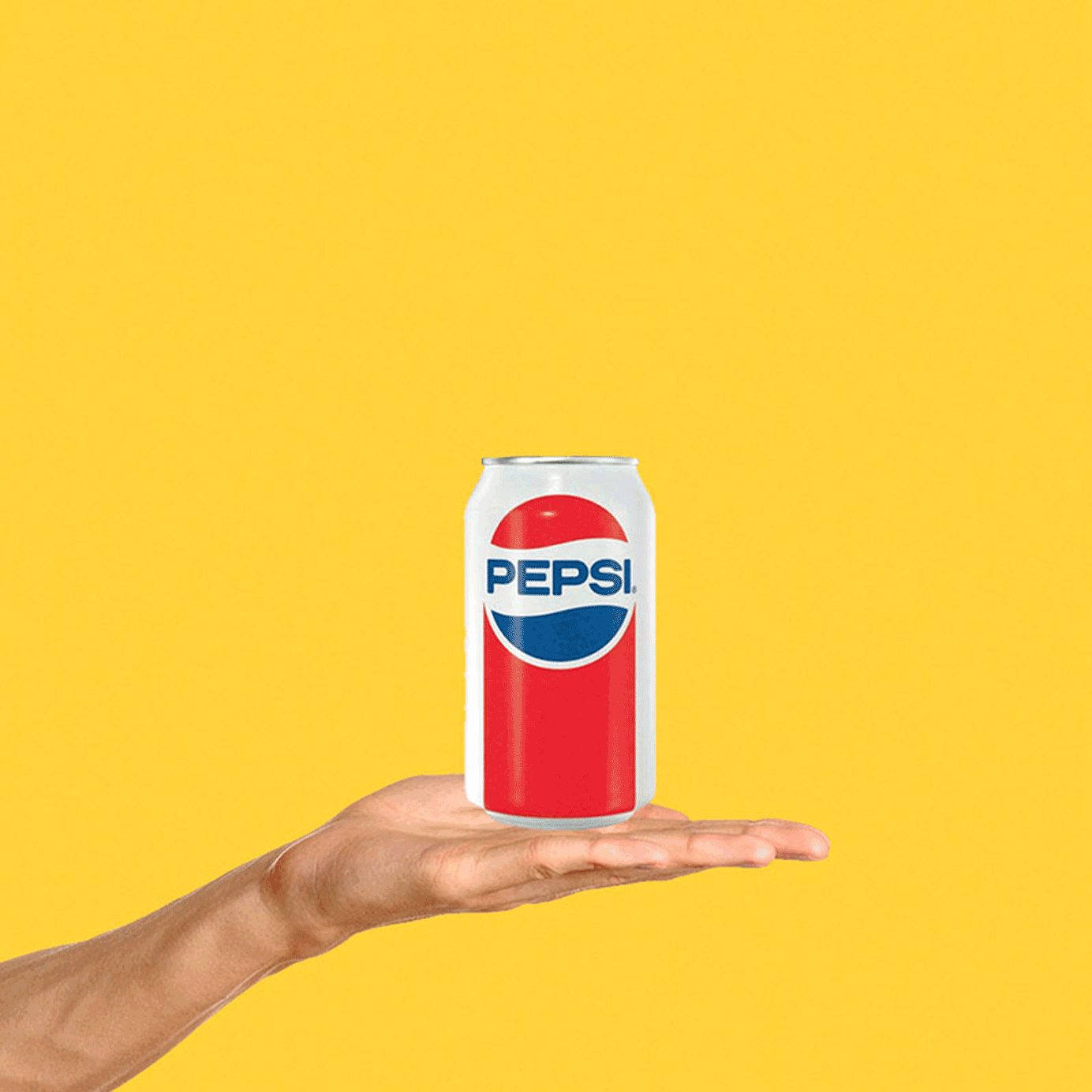In 1959, at the American National Exhibition in Moscow, Donald M. Kendall, a 30-something executive of the Pepsi-Cola Company, poured a fateful cup of cold Pepsi. The recipient, Soviet Premier Nikita Khrushchev, had just been engaged in the infamous “Kitchen Debate” with the visiting U.S. Vice President Richard Nixon.
Hoping this pour would prove worthwhile, Kendall’s business acumen would cement the Soviet Union’s love for the beverage — and his role within the company — and later set the stage for a bizarre business relationship that would at one point include the bartering of a fleet of warships.
But back at the exhibit, Kendall was part of an effort to put American life on display as a way to ease tensions between the two countries. The Soviets had brought their own exhibit a month earlier to New York. At the Moscow event, Americans showcased cars, dishwashers, televisions, and, at Kendall’s booth, Pepsi soda.
Kendall, a friend of Nixon’s, told The New York Times, “I went to Nixon the night before, at the embassy, and told him I was in a lot of trouble at home because people thought I was wasting Pepsi’s money coming to a Communist country.” Kendall knew he “had to get a Pepsi in Khrushchev’s hand.” Nixon made it happen.
The ensuing photo of Khrushchev holding a cup of Pepsi was a publicist’s dream. Later, in 1972, PepsiCo, Inc. (renamed after a merger with Frito-Lay, Inc. in 1965), negotiated a monopoly for its soda in the Soviet market. The Soviets had made up their minds — it was Pepsi over Coca-Cola.
Since rubles were not traded internationally, in exchange for Pepsi’s cola concentrate, the Soviet Union provided Stolichnaya vodka for exclusive distribution within the U.S. The deal made Pepsi the “first American consumer product manufactured and sold in the Soviet Union,” according to The New York Times. Today, Stoli is still one of the top vodka brands sold in the U.S., though PepsiCo no longer distributes the product.
From that point, Pepsi’s popularity in the Soviet Union continued to grow. “By the late 1980s, Russians were drinking approximately a billion servings of Pepsi a year,” writes Atlas Obscura.
The relationship would take another strange turn when PepsiCo secured expansion deals with the Soviet Union in 1989 and 1990 that involved the bartering of Soviet submarines, a destroyer, and other ships and tankers as payment, technically making Pepsi “the 6th largest military in the world” before selling its fleet.
Although the collapse of the Soviet Union in 1991 caused PepsiCo to have to rework its “deal of the century,” today Kendall’s chutzpah continues to be rewarded as Russia remains Pepsi’s second largest market outside the U.S.
This story is a part of VP Pro, our free platform and newsletter for drinks industry professionals, covering wine, beer, liquor, and beyond. Sign up for VP Pro now!
